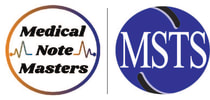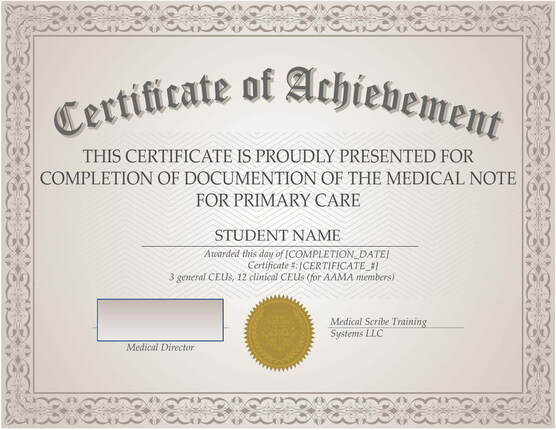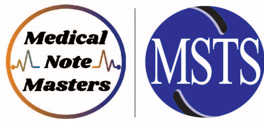Available Courses
|
Medical Note Mastery for Dermatology $325
Concise but thorough training for medical note documentation in the Dermatology setting. Students will learn basics of patient privacy, medical terminology such as anatomy, common clinical conditions, and the elements of medical documentation. |
|
|
Medical Note Mastery for Primary Care $325
Concise but thorough training for medical note documentation in the primary care setting. Students will learn basics of patient privacy, medical terminology such as anatomy, common clinical conditions, and the elements of medical documentation. Primary Care Handbook $24.99 |
|
|
Medical Note Mastery for the Emergency Department $325
Concise but thorough training for medical note documentation in the Emergency Department setting. Students will learn basics of patient privacy, medical terminology such as anatomy, common clinical conditions, and the elements of medical documentation. Emergency Department Handbook $24.99 |
|
|
Medical Note Mastery for Urgent Care $325
Concise but thorough training for medical note documentation in the Urgent Care setting. Students will learn basics of patient privacy, medical terminology such as anatomy, common clinical conditions, and the elements of medical documentation. Urgent Care Handbook $24.99 |
|





